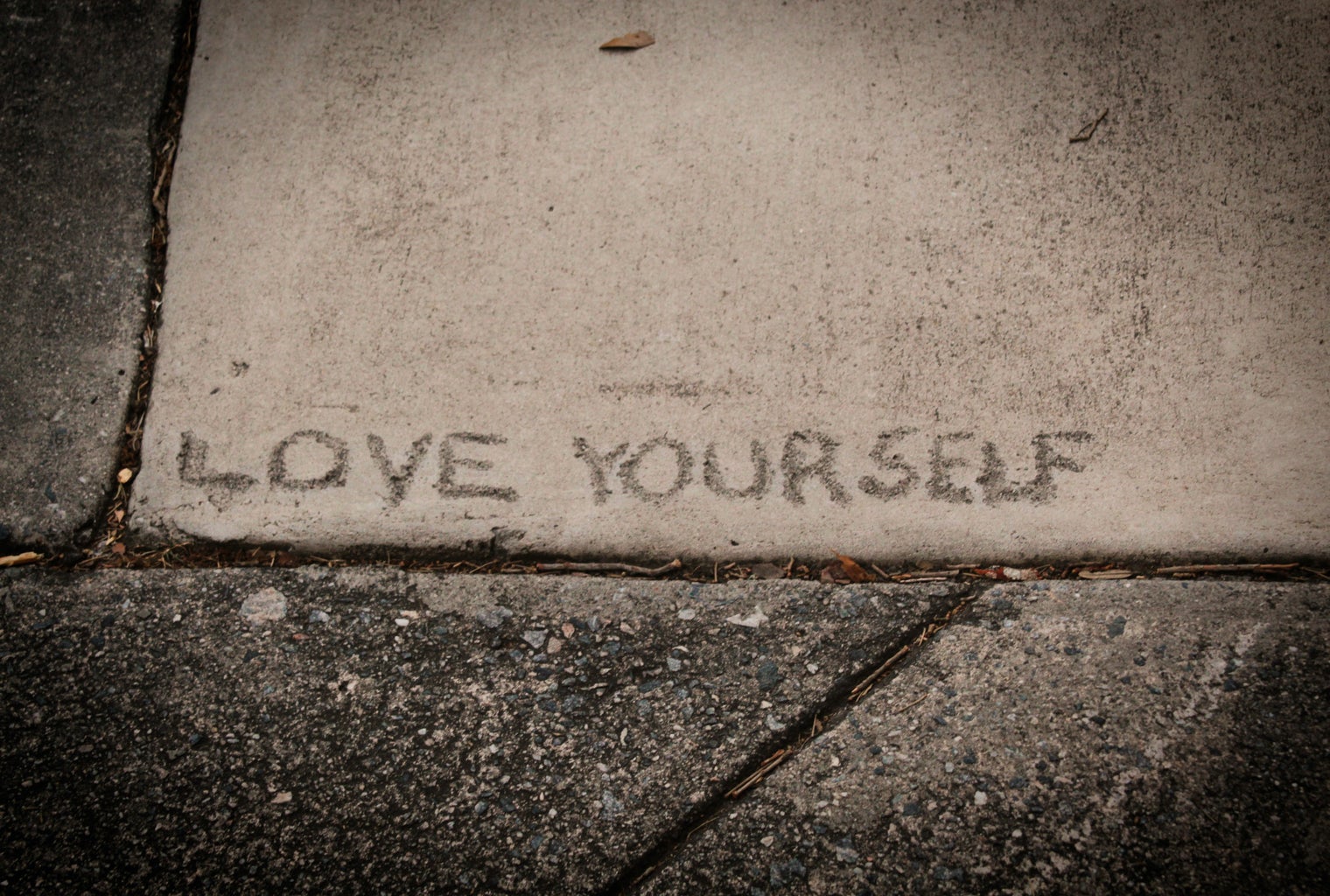The classic nature versus nurture debate has been argued for centuries. People-pleasing is less the result of DNA sequencing and more the result of the learned behaviors, a process known as classical conditioning. Given the fact that humans survive and thrive from social bonds, people-pleasing is inherently natural to a certain extent. While the need to belong and be socially accepted is necessary, people-pleasing at the cost of one’s self-regard is a different story. Social psychology has long studied how humans construct social schemas and why environmental influences can easily have such supremacy over them. The two primary areas of the brain involved with people-pleasing are the amygdala and the temporo-parietal junction just behind the prefrontal cortex. The technical dictionary definition of a people-pleaser is someone who cares a lot about whether other people like him or her, and always wants others to approve of his or her actions. People-pleasing is tricky because it is hard to distinguish from healthy psychosocial homeostasis. The fine line is when self-esteem is dependent upon the ever-changing evaluation of others instead of the consistent construal of oneself. A counterintuitive method to reduce people-pleasing propensities is to practice getting rejected. In order to rewire the propensities of the brain it is necessary to address the root of the problem. In this case, rejection is the underlying issue causing the symptoms of low self-esteem, jealousy, and comparison. In other words, “practicing rejection” is another way of employing systematic desensitization. In behavioral psychology, systematic desensitization is a psychiatric treatment for phobias that works by exposing the person to their anxiety-provoking stimuli repeatedly until it is no longer feared. Although most people don’t resonate with a phobia necessarily, there are still lessons to be learned and tools to use. The key here is to expose oneself to rejection while simultaneously practicing effective emotional regulation to then alter cognitive appraisals. In doing so, the ego is being strengthened and self-esteem wounds are being healed. Effective emotional regulation skills involve self-affirmations, rational disputation, and paying special attention to negative self-talk. For an example, if somebody was rejected after a first date instead of resorting to the typical “This is my fault it didn’t work out”, “I’m not good enough”, “I wasn’t attractive enough” they should put their thoughts on trial and cross-examine them. Affirmations like “I’m proud of myself for even going on the date in the first place” and “Not everybody has to like me, I don’t like everyone” are constructive for mitigating emotional insecurities with logic. Cognitive appraisals are just a fancy term for one’s subjective interpretation of a presented stimuli. It is normal to negatively appraise rejection at first because of the emotional aftermath. Often, the first line of defense when handling rejection is to cope in unhealthy ways namely, substance abuse, emotional eating and excessively scrolling through social media. When rejection is practiced alongside with practical self-regulation tools, the vicious cycle of people-pleasing is much less likely to occur and the virtuous cycle of self-fulfilling is enhanced.
This article is written by a student writer from the Her Campus at GCU chapter.



